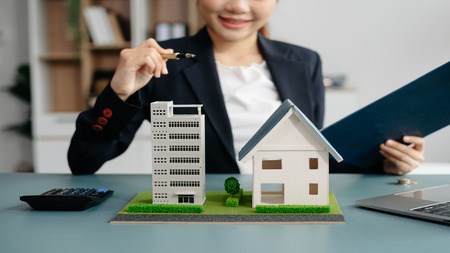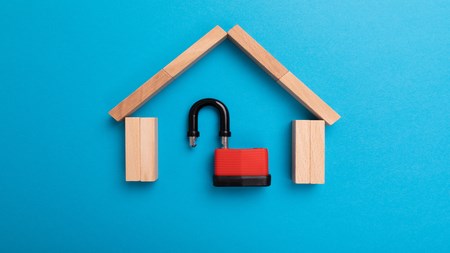Algae can grow in any climate, but in our subtropical climate, it is a much larger problem. The humidity levels within the atmosphere are a primal breeding ground for algae of all types. When algae is present in swimming pools and other bodies of water, it turns the water a greenish color. The more algae there is, the greener the water will be. But, in any climate, there are simple ways to prevent pool algae.
Monitoring the pool chemistry as far as acidity levels is important. In a subtropical climate, water tends to have a higher acidity level, thus promoting algae growth. This can be controlled with stabilisers and chlorine products but general cleaning maintenance also has to be stepped up. If algae has nothing to stick to and nothing to feed on, it won’t grow.
Adding salt sanitisation to your swimming pool is also beneficial. It removes chemicals, bacteria and other unnecessary elements from the water in a natural way. This keeps the pool water fresh and prevents it from drying out skin as well. Salt helps to regulate the pH level of a swimming pool in a more efficient way than traditional chemicals and costs a fraction of the price. For a quick algae reduction strategy, switch your pump over to a salt system.
If you notice a large spike in pH levels, also test the overall acidity level in your pool. Chemicals may be required to “shock” the pool. This will kill bacteria and algae in a short amount of time. Scrubbing the sides and bottom and following up with a thorough vacuuming will help to remove any algae growth that has started.
Keeping filters clean is also very important when it comes to combating algae growth. A normal cycle tells pool owners to clean filters once per month. However, in a subtropical climate this must be done more frequently. Weekly cleaning prevents bacteria from feeding on particles for long enough to grow algae.
Once algae has formed in your swimming pool once, it often becomes a recurring problem. To help prevent regrowth, scrub the sides and bottom of the pool weekly with a deck scrubbing broom. Use one that has softer bristles so that the lining of the pool does not rip. Vacuuming should also be done on a weekly basis to pull up any particles and debris that are settled on the bottom.
Once swimmers are done for the day, it is ideal to turn the pump system on full strength for one hour. This will help to take away any unnatural bacteria or particles from clothing, hair and skin that can cause algae growth. To boost the cleaning process, add a quarter cup of rock or water softener salt to the pool water if you are using a salt system. When a pump is on high it will quickly break down the salt and help to purify the water.



